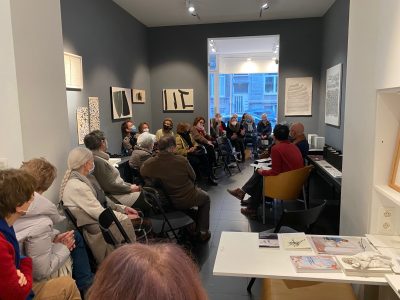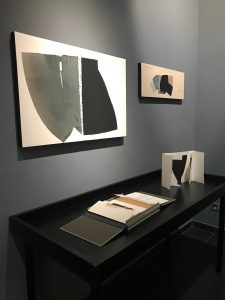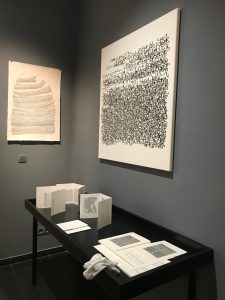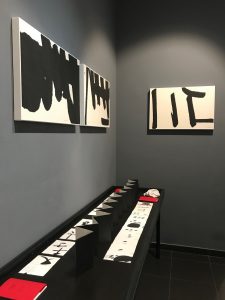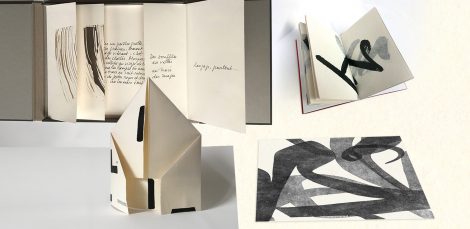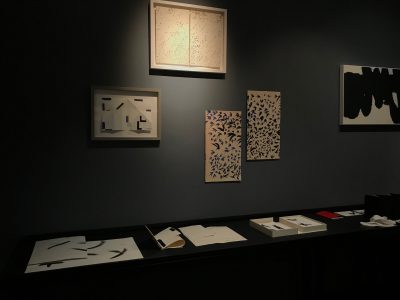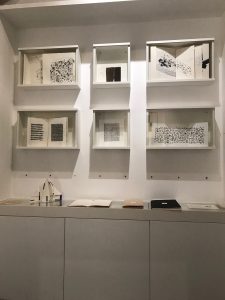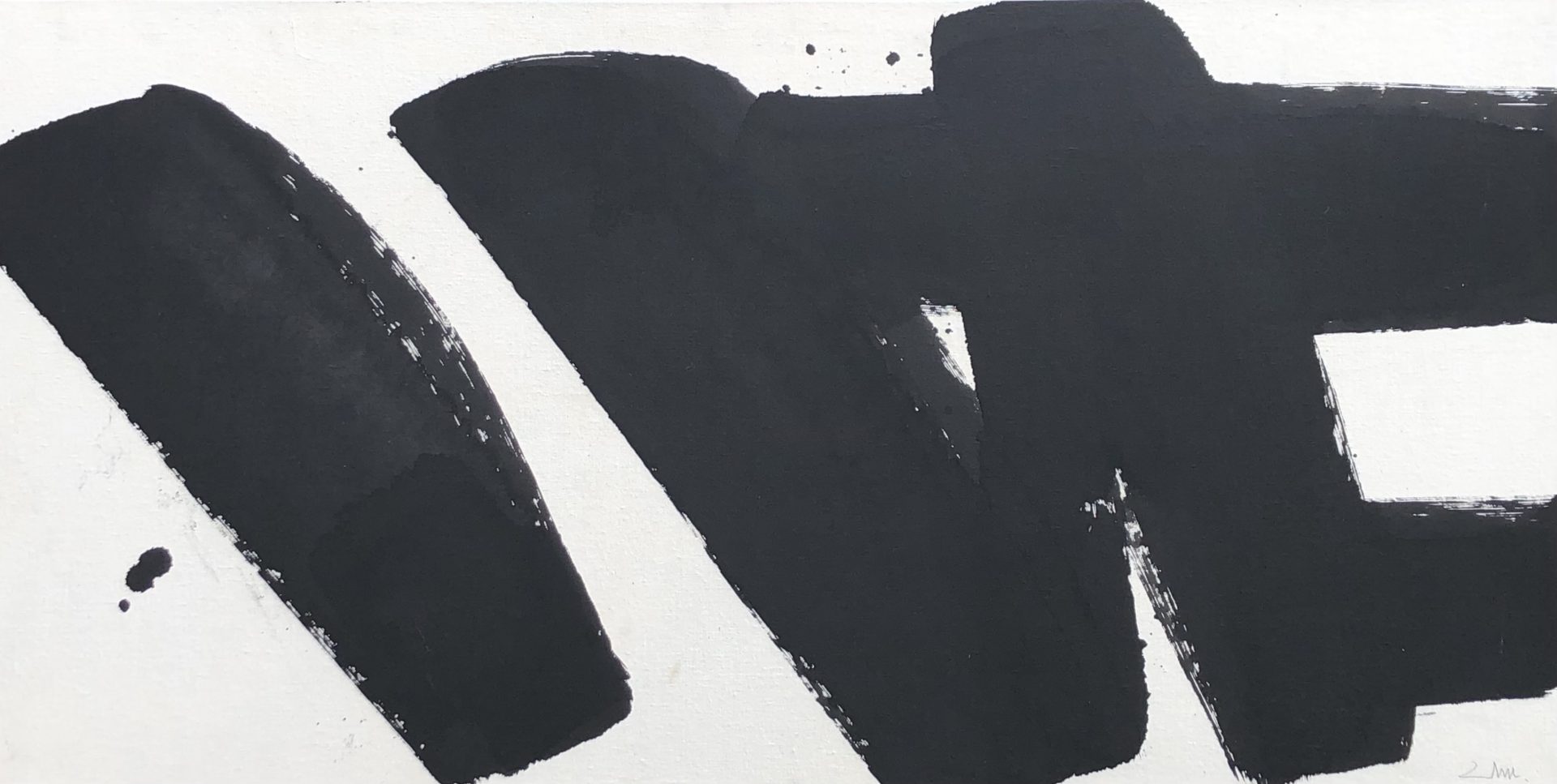
Dessins à lire
As an extension to the Dessins à lire exhibition, Tianmeng Zhu will be exhibiting his recent works in collaboration with the Faider gallery.
Paul Emond in conversation with the artists, Saturday 5 February 2022
Playwright and novelist Paul Emond, who is also a great friend of ODRADEK, will be talking to the artists about the ‘porosity of the borders’ between the visual arts and writing. A joyous game of drawings to read and savour awaits us.
Pillars of the ODRADEK gallery, Kiran Katara, Léo Baron and Mouna Ikhlassy are dedicated to the possible correspondences and fusions between drawing and writing. Invited to join them, Tianmeng Zhu proposes an exercise in the unification of words and images. Their artists’ books establish a relationship of complicity between them. They experiment with the functions of writing freed from the constraints of legibility.
Tianmeng Zhu’s works are his perceptions of the world, and in them words become increasingly individual, constituting a specific type of image that is not limited to words but transcends them. For him, words are images and images are words. ‘I want the viewer, in looking at the work, to integrate their own experience, to call on their imagination, to resonate with it and recreate it. The word-image is free and autonomous, and I seek to capture the essence of things, to dance with it, to live with it.
Kiran Katara questions the design of writing, among other things. In her search for simplicity, she uses the fold as an intuitive device for making books. In this way, the chance meeting of lines encourages infinite assembly. The mise en abîme continues with the creation of poetry without words. The artist develops her compositions according to the choice of paper, whose resilience she calls on. These are old, stencilled or bleached papers with which she enters into a dialogue, taking into account their accidents, roughness and modifications.
Mouna Ikhlassy is interested in writing in its broadest sense. By manipulating and deconstructing conventional signs, she constructs new sets. These give us access to another way of understanding writing, which reveals an indecipherable message, leading us towards new means of communication. In these books, the lines and shapes are revealed as texts of Semitic stories, myths and legends copied from holy books and texts of Mesopotamian civilisations. In liberating these texts from their sacredness, Mouna Ikhlassy has endeavoured to bring out the form rather than the content, seeking to bring out the charm of these legends in their fantastic aspect. The calligraphy is stripped back and sometimes broken, leaving only the ‘visual’ side of the character. It empties it of its meaningful substance so as to evoke the gesture and give free rein to the observer’s imagination.
Léo Baron presents booklets in which brush marks and ink strokes accompany texts by Daniel Kay, Florence Barthelemy and Catherine Deknuydt. Shunning academic knowledge, Léo Baron’s work is gestural, allowing him to develop an in-depth reflection on the traces he leaves alongside printed pages. For some time now, these traces have been leading him down the path of correspondences between plastic and poetic writing. Always on the lookout for new passages, he has spotted, in the conversation with his accomplices, an articulation that allows him to work on the fringes of the musicality of language and sign. All it takes is a few strokes of ink to give the rigidity of the typed word a taste of disorder or a different order. What we have here are encounters in the form of approaches between two pages that are next to each other and yet distinct. The fusion, without being total, only shows a release between entities that speak to each other. The binomials that are formed exist out of a gap, a certain discrepancy. They belong to the in-between of the constant tensions of emptiness-fullness, lightness-density, transparency-opacity…
